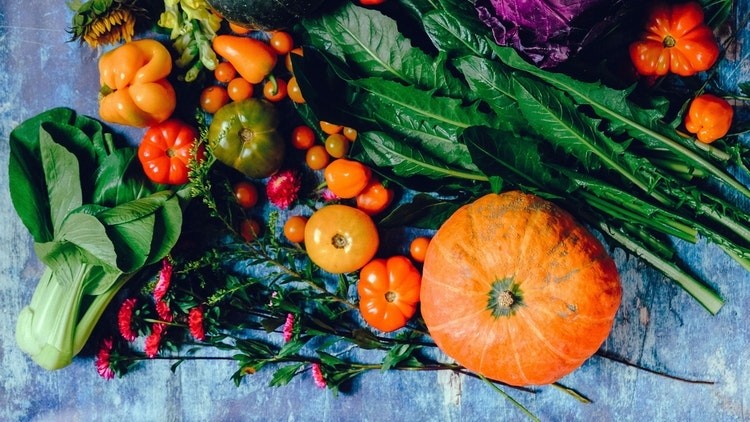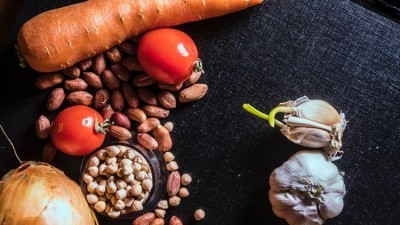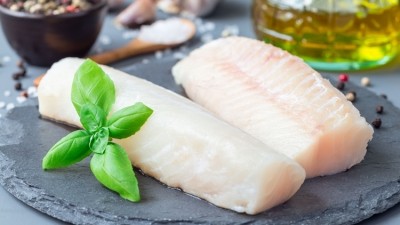Ingredient prices at highest in more than a year

The new edition of the Foodservice Price Index from CGA and Prestige Purchasing revealed the highest inflation numbers in October were in the fish and oils & fats categories.
Inflation has risen month on month since August 2018 and with significant year-on-year movements in categories such as vegetables, dairy and soft drinks, the most recent inflation increase is a sign that this summer's weather is still impacting prices – a trend the index predicts will continue into 2019.
Vegetables saw a rapid rise in inflation in October as a result of the hot and dry summer conditions which reduced crop yields in some key produce areas, including potatoes, and resulted in shortages.
Supply challenges in this category look set to continue into next year, and the index predicts inflation in the vegetables category to remain under pressure in the short term at least.
Mild weather conditions this autumn have led to reports of improvements in grass growth, and milk production has surpassed expectations.
Price drop
October saw the largest drop in milk market prices since January, declining by 1.5p per litre on September.
Recent high milk prices have shifted demand from manufacturers, who have sought to maximise their profit margins through alternative products such as cheese.
In soft drinks, inflation has soared by more than 9% year on year. HMRC recently published data relating to liabilities from the soft drinks industry levy, and is now in discussions over fresh bans on energy drinks.
Demand in the global soft drinks market is growing, concurrent with FPI movements, but while the industry is booming, inflation is expected to decrease as time goes on.
Breads and cereals has seen a downward movement month on month, but is still up compared with the same time last year.
Following poor growing conditions globally this year, inflation might have been expected to continue rising but an increase in Russian exports, following fears over the imposition of trade tariffs, resulted in a monthly downturn.
Low ratios
The index predicts that breads and cereals inflation will rise early next year, with stock-to-use ratios at their lowest for more than two decades.
Prestige Purchasing chief executive Shaun Allen said: “The poor weather conditions we have experienced this year have continued to put upward pressure on pricing in a number of food categories, and this month has seen the highest level of inflation in foodservice for more than a year.
“This will be unwelcome news for operators as we head into the key Christmas trading period and, with the outcome of Brexit still very much undetermined, it is critical businesses take a proactive approach to managing the future risks of inflation.”
The next 12 months will continue to be a challenge, according to CGA client director for food Fiona Speakman.
She added: “The foodservice sector has been challenged by relatively high levels of inflation throughout 2018 and as the year draws to a close, the upward trend shows no sign of abating.
“Weather patterns have worked against the supply chain and micro-factors like the soft drinks industry levy and trade tariffs have made conditions even tougher.
“Businesses will be hoping for a more stable 2019, but the ongoing effects of the weather on production coupled with the shadow of Brexit means further uncertainty is more likely.”






